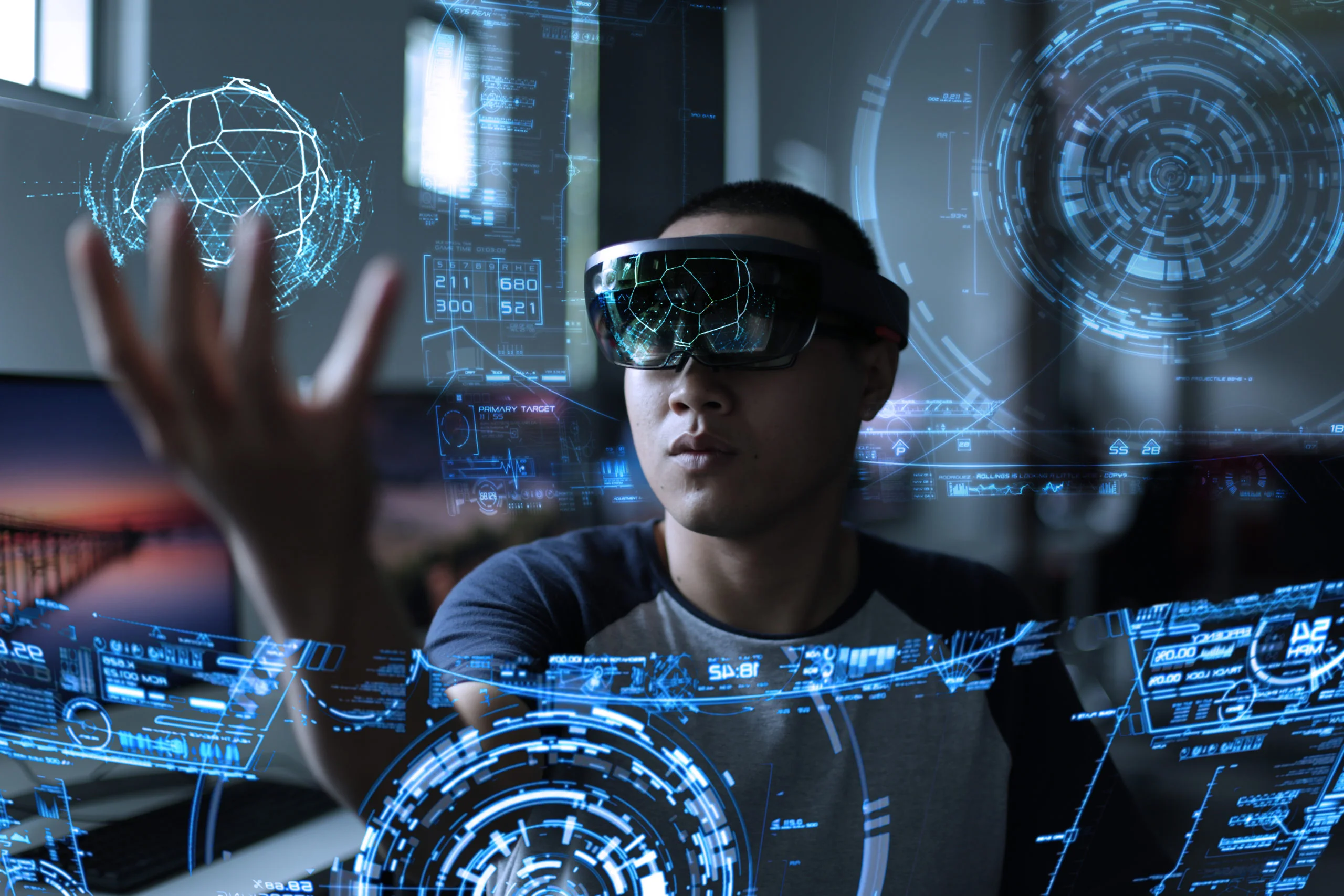
What was once considered futuristic is now becoming foundational. Extended Reality (XR)—an umbrella term that encompasses Virtual Reality (VR), Augmented Reality (AR), and Mixed Reality (MR)—is no longer confined to the world of gaming and entertainment. Today, XR technologies are transforming industries across the board, reshaping how we work, learn, heal, and connect.
As hardware becomes more accessible and software more sophisticated, XR is emerging as a critical tool for innovation—and its impact is only accelerating in 2025.
Manufacturing & Industrial Design
XR is revolutionizing how products are built and maintained. In manufacturing, AR headsets allow workers to visualize assembly instructions in real-time, reducing training time and minimizing errors. Digital twins—virtual replicas of physical objects—enable engineers to test machinery and processes without the cost and risk of physical trials.
Companies like Siemens and Boeing are already using XR to streamline operations, conduct remote inspections, and improve collaboration across global teams.
🏥 Healthcare & Medical Training
In medicine, XR is saving lives and enhancing care. VR simulations provide lifelike surgical training environments where students and professionals can practice complex procedures without any risk to patients. AR overlays during live surgeries assist doctors with precision, showing vital information such as real-time imaging or patient vitals directly within their field of view.
Additionally, XR is being used for mental health therapy, including treatments for PTSD, phobias, and anxiety through controlled VR exposure therapy, offering patients new paths to healing.
📚 Education & Workforce Training
XR is redefining education by making learning immersive and interactive. Students can now travel through ancient civilizations, manipulate molecules in 3D space, or conduct virtual science experiments, all from the classroom.
In workforce development, industries from aviation to retail are using XR to deliver hands-on training at scale. XR allows trainees to practice real-world scenarios without disrupting operations, reducing cost and improving skill retention.
🏢 Enterprise Collaboration & Remote Work
The rise of virtual offices and immersive collaboration tools is addressing the limitations of video conferencing. XR platforms allow teams to meet in shared virtual spaces, manipulate 3D models, brainstorm on virtual whiteboards, and interact with spatial data as if they were in the same room.
Major corporations like Microsoft, Meta, and Apple are investing heavily in XR-based enterprise solutions, betting on a future where spatial computing becomes standard in business operations.
🛍️ Retail & E-Commerce
Retail is undergoing a sensory transformation. With XR, consumers can try on clothes virtually, see how furniture looks in their homes, or interact with 3D product previews before purchasing. This improves customer confidence and reduces returns.
Brands like IKEA, Nike, and Sephora are leading the charge, blending the convenience of online shopping with the tangibility of in-store experiences.
🧱 Architecture & Real Estate
In architecture, XR allows architects and clients to walk through unbuilt structures in full scale, enabling better design decisions and reducing costly changes during construction. For real estate, VR property tours offer remote buyers a chance to explore homes in immersive detail from anywhere in the world.
🎮 Entertainment & Culture
While gaming remains a key driver of XR innovation, the technology is also making waves in live events, museums, and art installations. Virtual concerts, 360-degree storytelling, and AR-enhanced exhibits are transforming how we consume and interact with culture.
🌐 The Road Ahead
The global XR market is projected to exceed $400 billion by 2030, and 2025 is proving to be a pivotal year. Advances in AI integration, 5G connectivity, edge computing, and lightweight wearable devices are making XR more powerful and practical than ever.
However, challenges remain—privacy, data security, accessibility, and content standardization must be addressed to ensure XR evolves inclusively and ethically.
Final Thoughts
From hospital wards to factory floors, classrooms to boardrooms, Extended Reality is no longer emerging—it’s expanding. As XR continues to blend the digital and physical worlds, the industries that adapt now will be the ones that lead in tomorrow’s immersive economy.
In 2025, one thing is clear: XR isn’t just enhancing reality—it’s redefining it.
